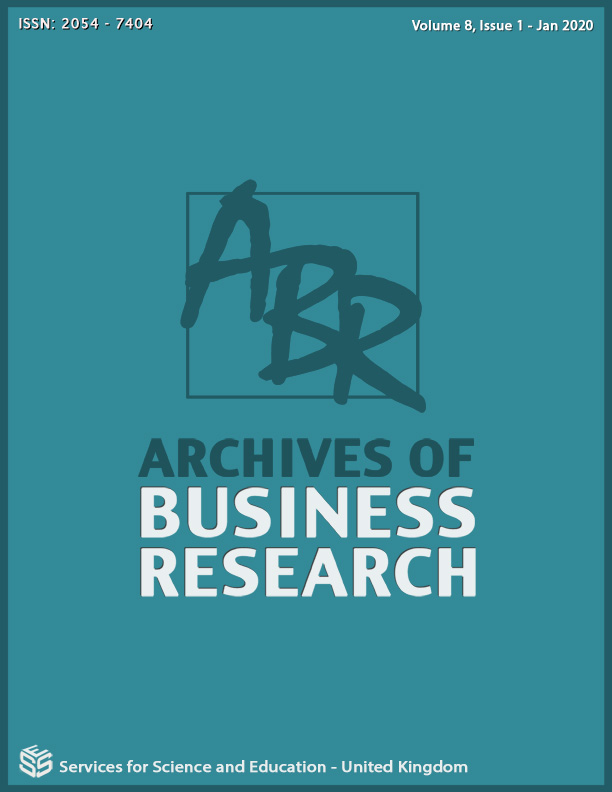The Moderating Effect of Gender on Adaptive Coping Mechanisms and Financial Stress
DOI:
https://doi.org/10.14738/abr.81.7347Abstract
It is a fact that financial stress impact university students. Given this notion, this research looked at the moderating impact of gender on the adaptive coping mechanism of private university students on their financial stress. The research was a descriptive-correlational design. The study conveniently employed 369 respondents of the primer private university in Ghana (Valley View University), out of a population of 9,000 to answer self-constructed questionnaires with Cronbach Alpha of .806 for adaptive coping mechanism and .845 for financial stress. The data were analyzed descriptively based on the central tendency with SPSS and regression Process v3.2 by Andrew F. Hayes model 1. The study revealed that there was a very high financial stress among private university students in Ghana and they have a high adaptive coping mechanism. The students used emotion-focus than problem-focus coping mechanisms in managing their financial stress. Also, there was a moderate positive significant association between financial stress and adaptive coping mechanism. However, the adaptive coping mechanisms could predict financial stress by 11.65%. There was a significant enhancing moderating effect of gender on adaptive coping mechanisms and financial stress relationship. With time the males' financial stress moderately decrease based on their rate of change to adaptive coping mechanism, while the females have a high increasing coping mechanism in managing their financial stress. The study recommends that an investigation into the outstanding 88.35% of adaptive coping mechanisms which can predict the financial stress of private university students in Ghana.






